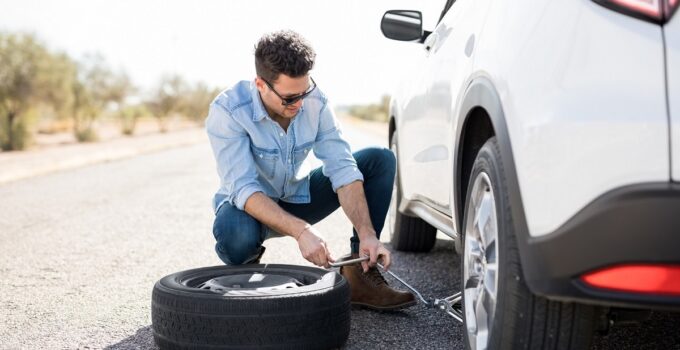Sometimes you can tackle car repairs with a bit of ingenuity and a YouTube tutorial, other times you have to call in the professionals. But how do you know the difference? Here are 20 ways to help you decide when to DIY and when to call a mechanic.
1. Changing Your Oil – DIY
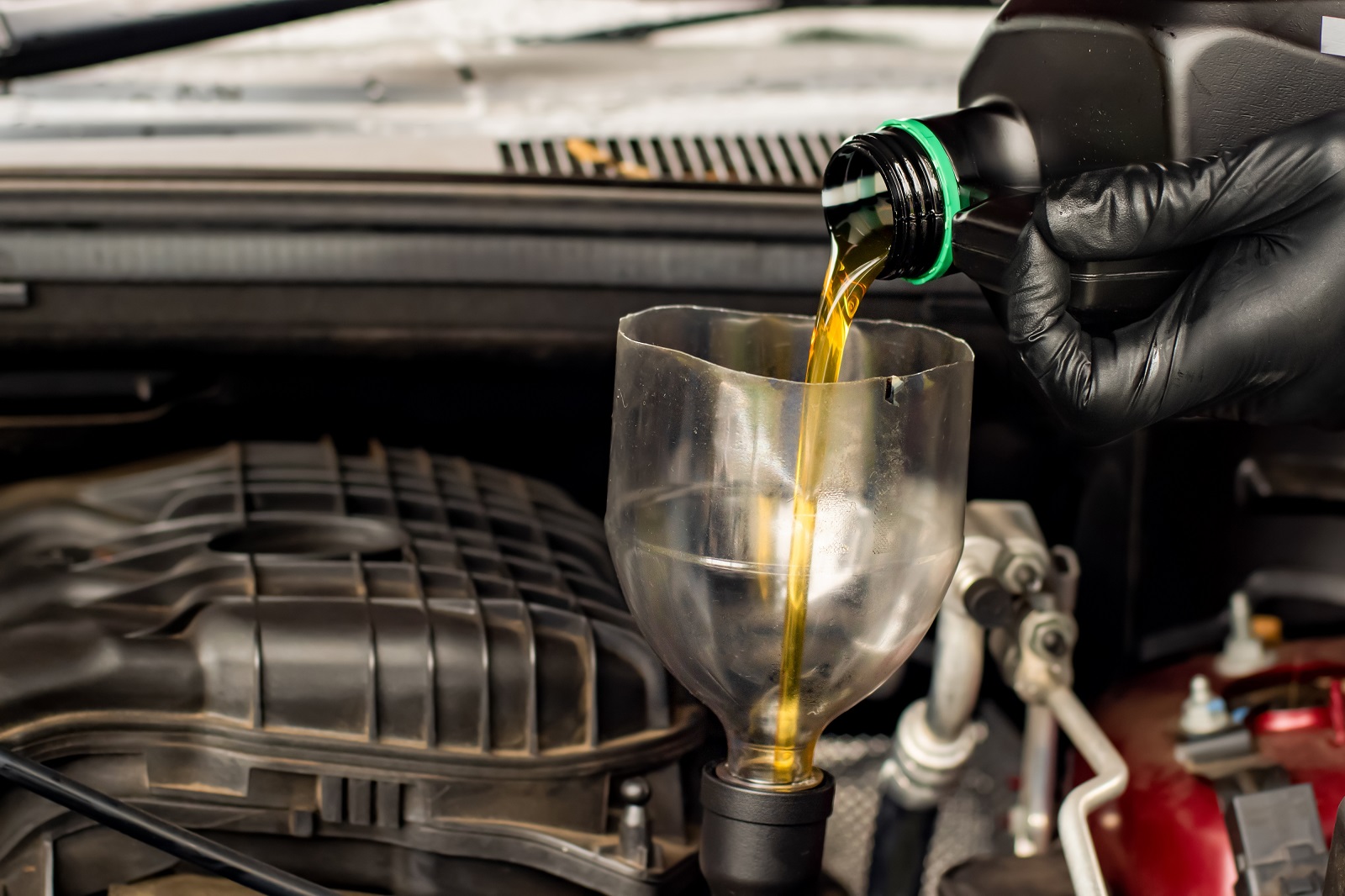
Image Credit: Shutterstock / Daria Nipot
Changing your oil is straightforward with the right tools and a bit of patience. A YouTube tutorial can walk you through the process, saving you the cost of labor at a shop.
2. Replacing Brake Pads – Mechanic
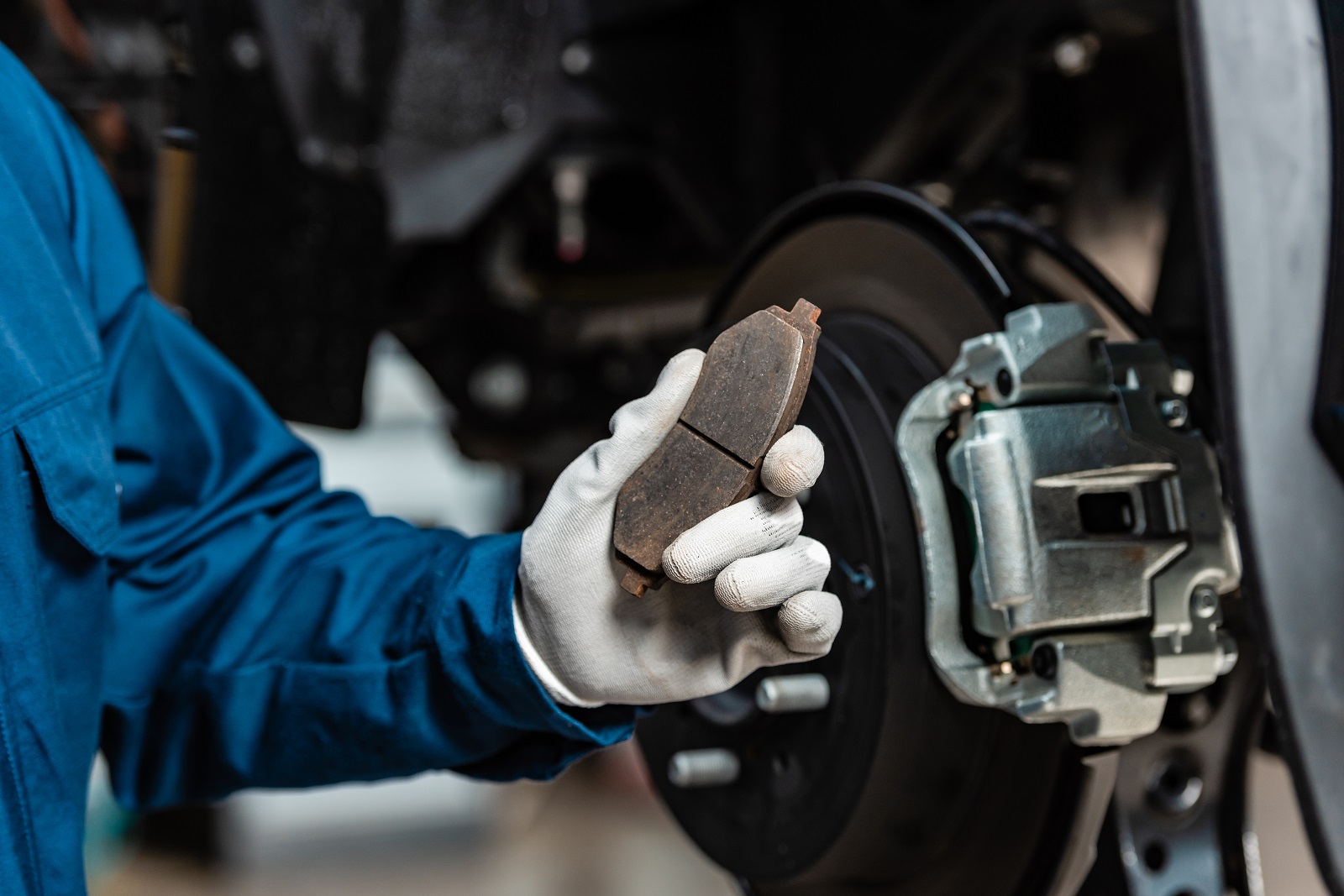
Image Credit: Shutterstock / LightField Studios
Brake pads are critical for your safety, and while replacing them isn’t extremely difficult, it’s best left to a professional if you’re unsure. A mechanic can ensure everything is fitted correctly and check the overall condition of your braking system.
3. Replacing Windshield Wipers – DIY

Image Credit: Shutterstock / SIRAVICH VETSOMPONG
Swapping out your windshield wipers is simple and quick. You don’t need any special tools, just follow the instructions on the new wiper package or watch a quick tutorial.
4. Engine Diagnostics – Mechanic
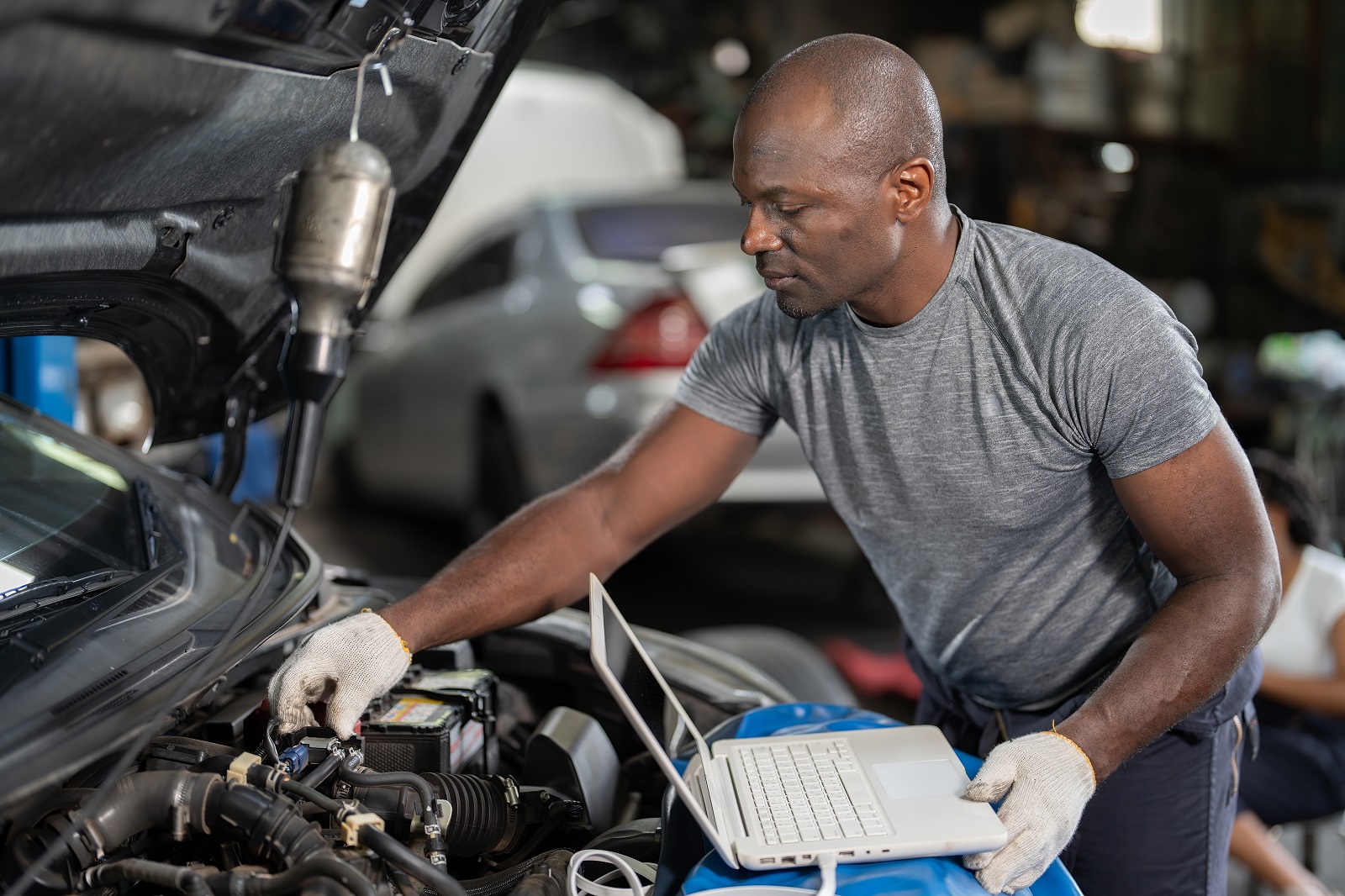
Image Credit: Shutterstock / Tongpool Piasupun
When your check engine light comes on, it’s tempting to ignore it. However, diagnosing the issue requires specialized equipment and expertise, so it’s best to head to a mechanic.
5. Changing Headlights or Taillights – DIY
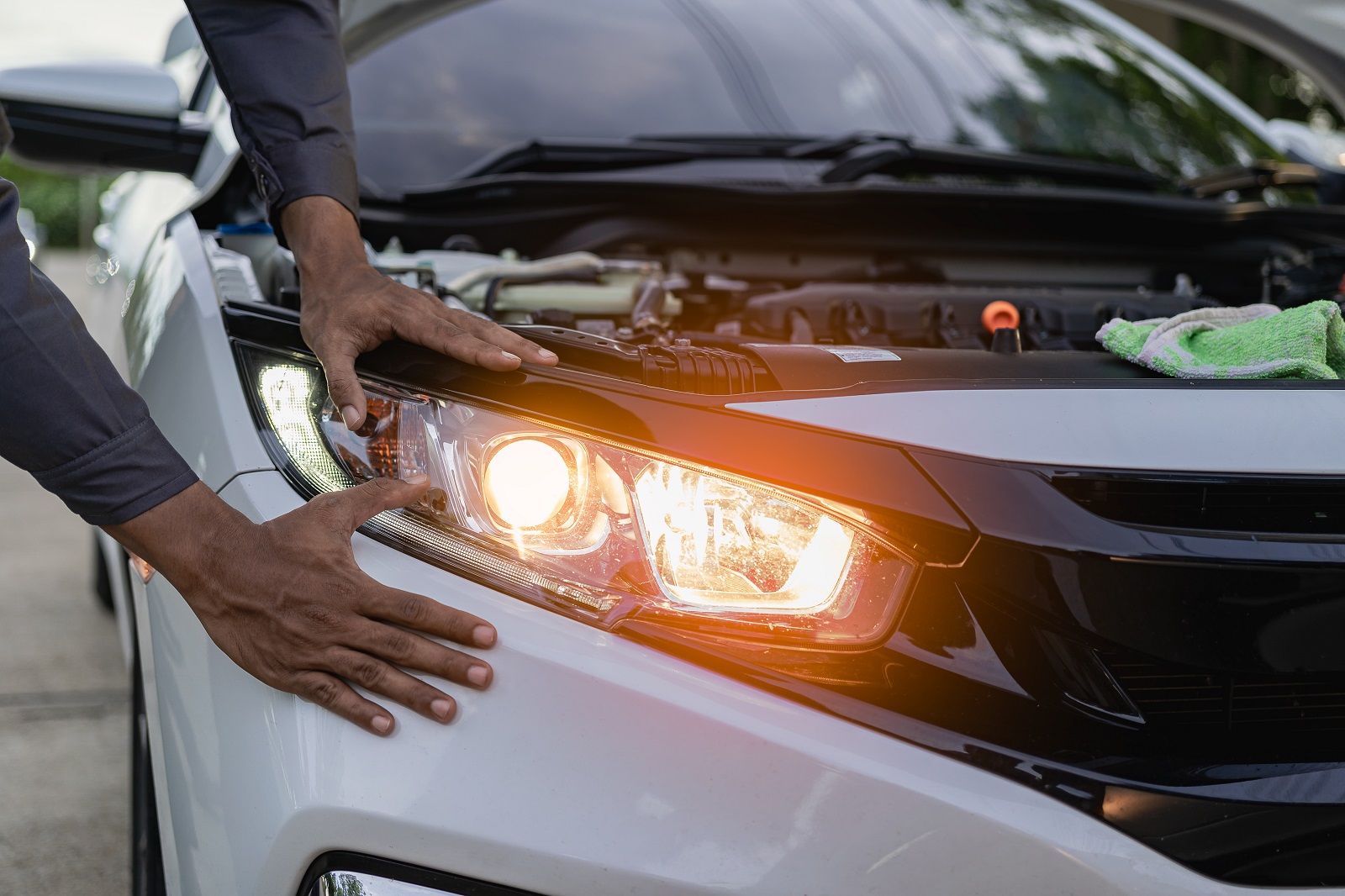
Image Credit: Shutterstock / SaiArLawKa2
Replacing a headlight or taillight bulb is usually easy and inexpensive. Check your owner’s manual for the right type of bulb and instructions on accessing the light fixture.
6. Aligning Your Wheels – Mechanic
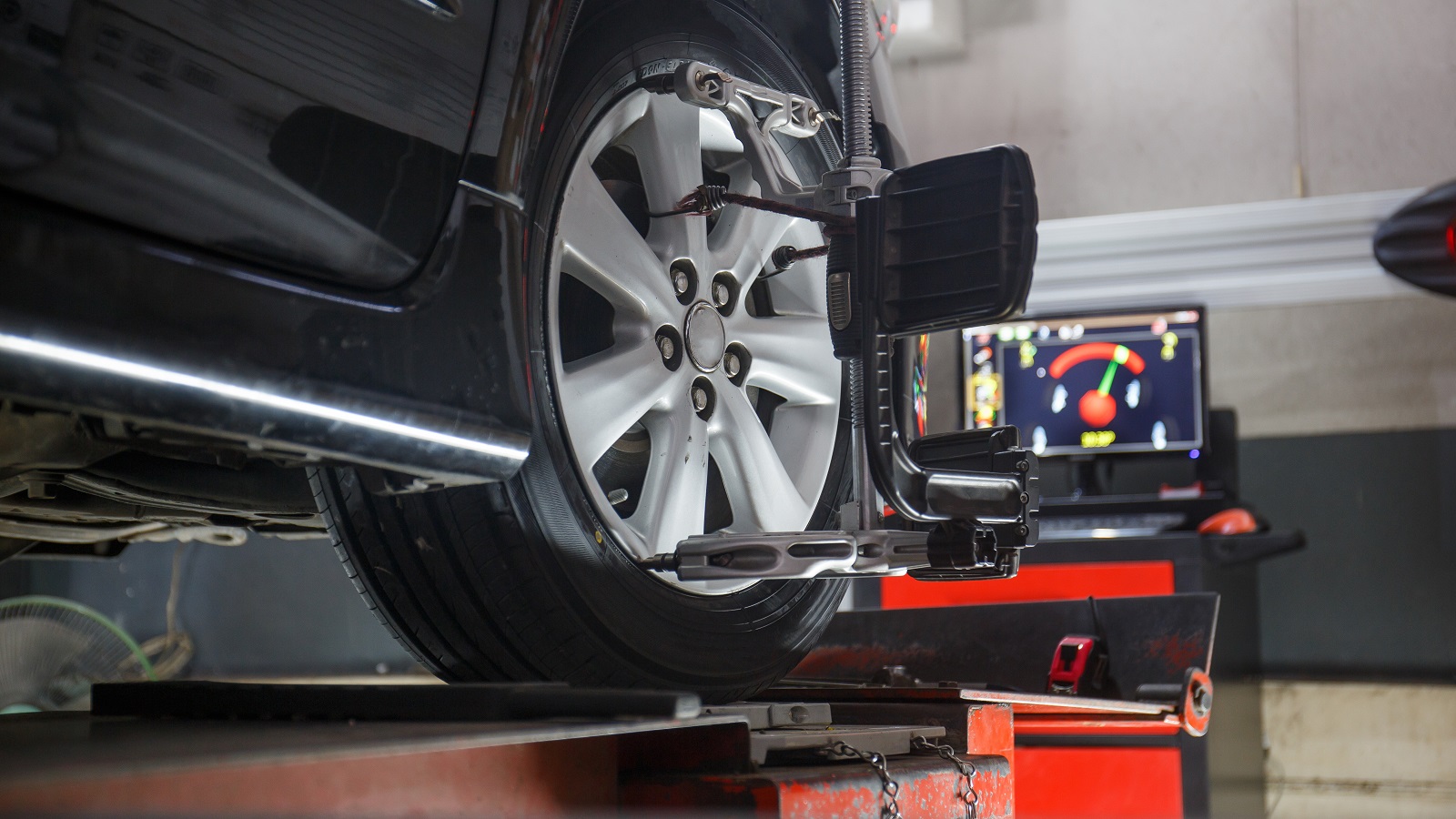
Image Credit: Shutterstock / WathanyuSowong
Wheel alignment requires precise equipment and expertise. Misalignment can cause uneven tire wear and poor handling, so it’s worth paying for professional service.
7. Replacing Air Filters – DIY
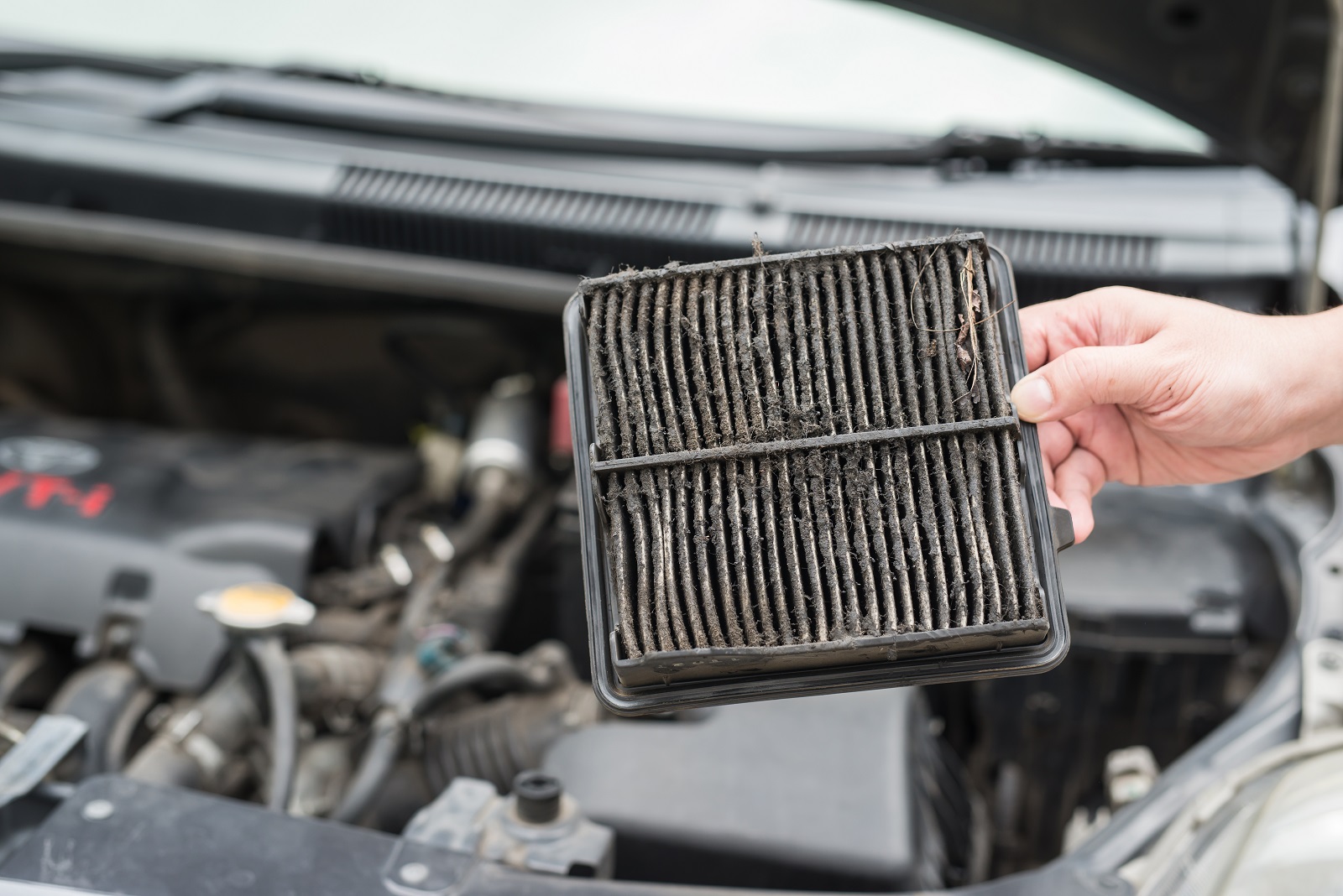
Image Credit: Shutterstock / ANURAK PONGPATIMET
Replacing your engine or cabin air filter is a simple task that can be done with minimal tools. It’s usually just a matter of opening the filter compartment, swapping the old filter for a new one, and closing it back up.
8. Fixing Transmission Issues – Mechanic
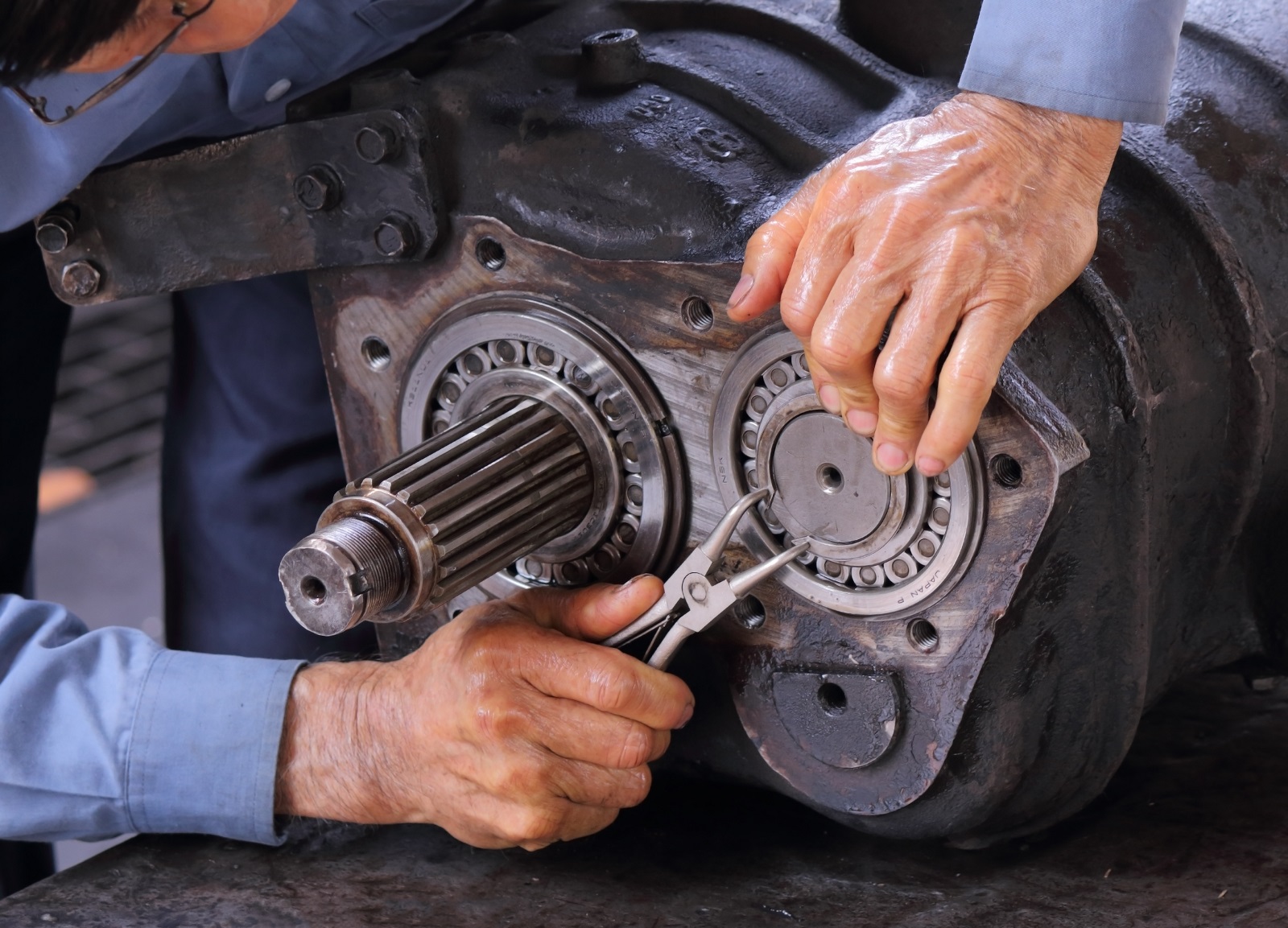
Image Credit: Shutterstock / Jannarong
Transmission repairs are complex and expensive. They require specialized knowledge and tools, so leave this one to the professionals to avoid further damage.
9. Replacing a Dead Battery – DIY
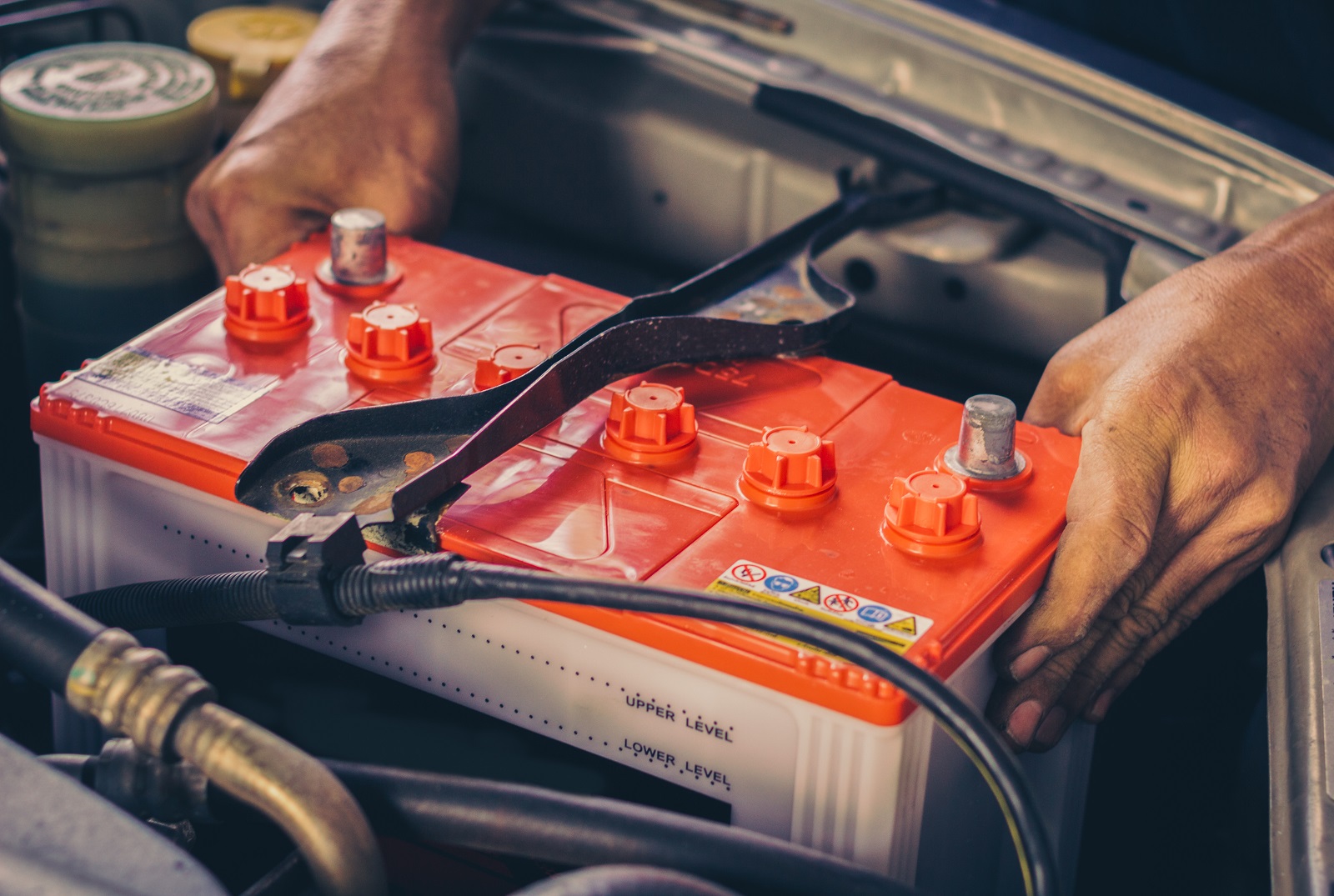
Image Credit: Shutterstock / Image Credit: Shutterstock /
Changing a car battery is straightforward and requires only basic tools. Disconnect the old battery, remove it, install the new one, and reconnect the terminals.
10. Timing Belt Replacement – Mechanic
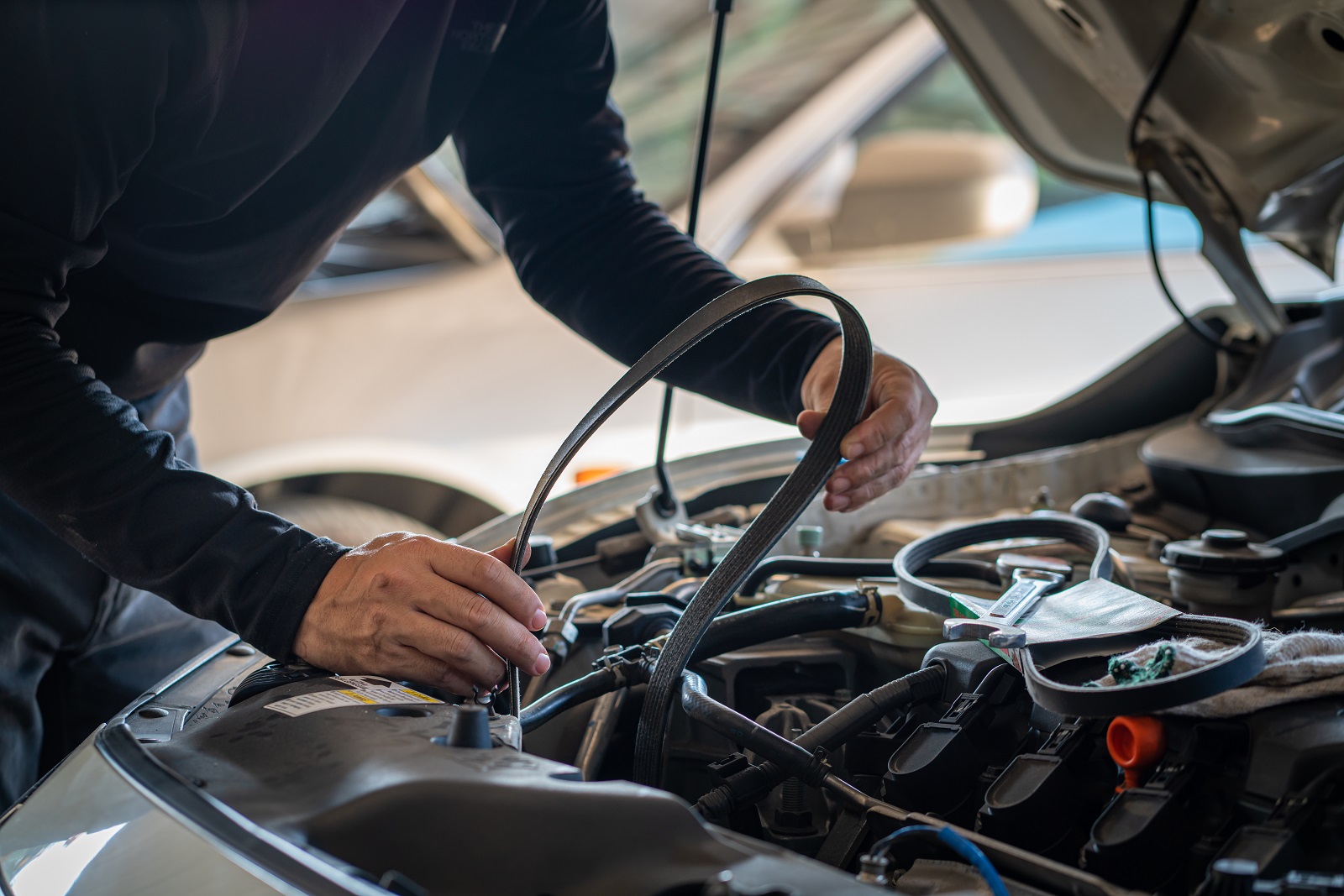
Image Credit: Shutterstock / kanemme6
Replacing a timing belt is a critical job that requires precision. If done incorrectly, it can lead to severe engine damage, so it’s best left to a professional mechanic.
11. Changing Spark Plugs – DIY
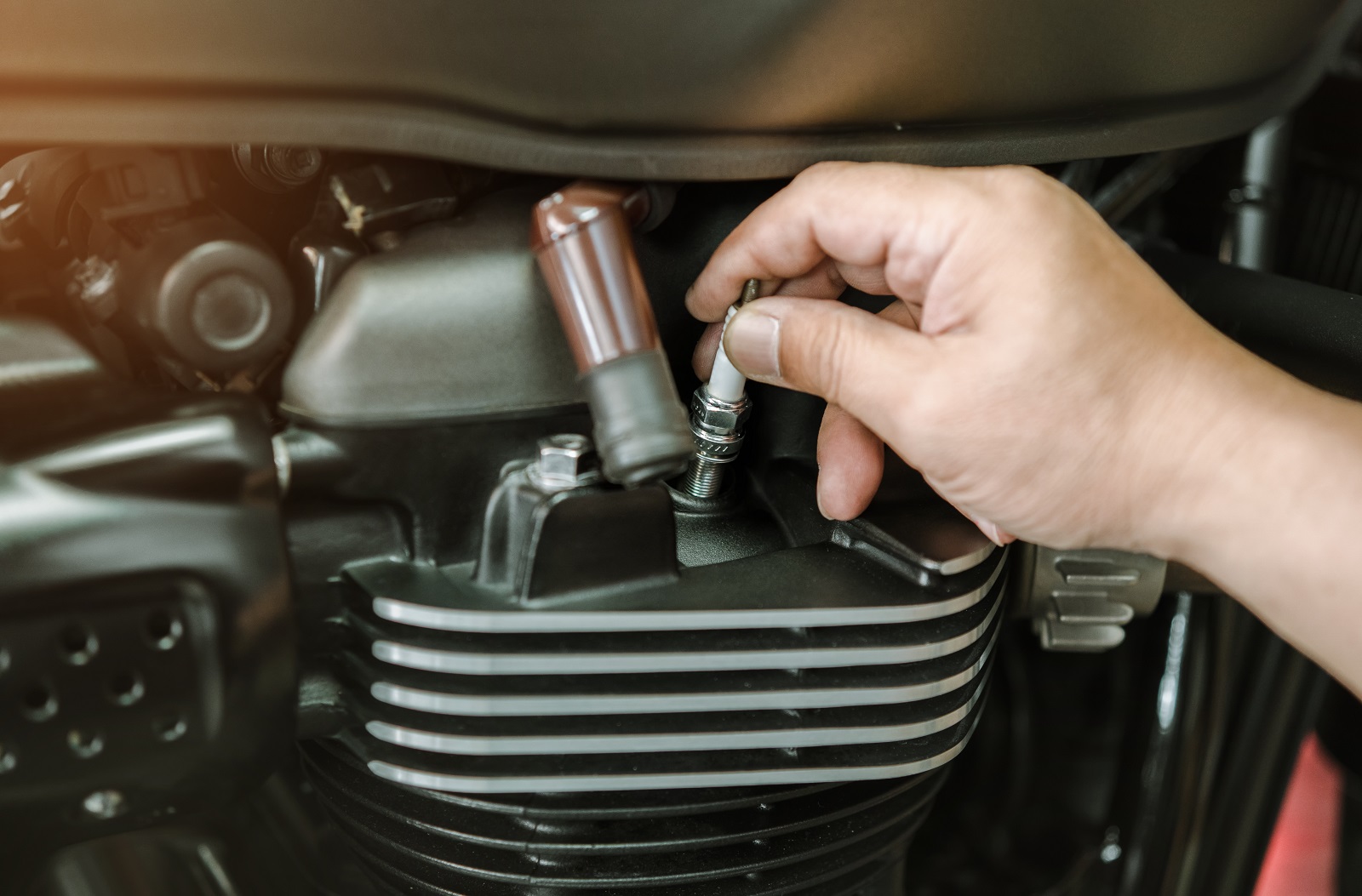
Image Credit: Shutterstock / kasarp studio
Replacing spark plugs is a simple task that can improve your car’s performance and fuel efficiency. Follow a tutorial and ensure you have the correct type of spark plugs for your vehicle.
12. Suspension Repairs – Mechanic

Image Credit: Shutterstock / Ground Picture
Suspension systems are intricate and critical for vehicle safety. If you suspect issues with your suspension, it’s best to have a professional take a look.
13. Replacing a Flat Tire – DIY

Image Credit: Shutterstock / kozirsky
Changing a flat tire is a skill every driver should know. Keep a spare tire, jack, and lug wrench in your car, and practice the procedure so you’re prepared in an emergency.
14. Air Conditioning Repairs – Mechanic

Image Credit: Shutterstock / JU.STOCKER
Fixing a car’s air conditioning system can be complicated and often requires specialized tools and refrigerant. A mechanic can diagnose and repair any issues to keep you cool.
15. Refilling Windshield Washer Fluid – DIY
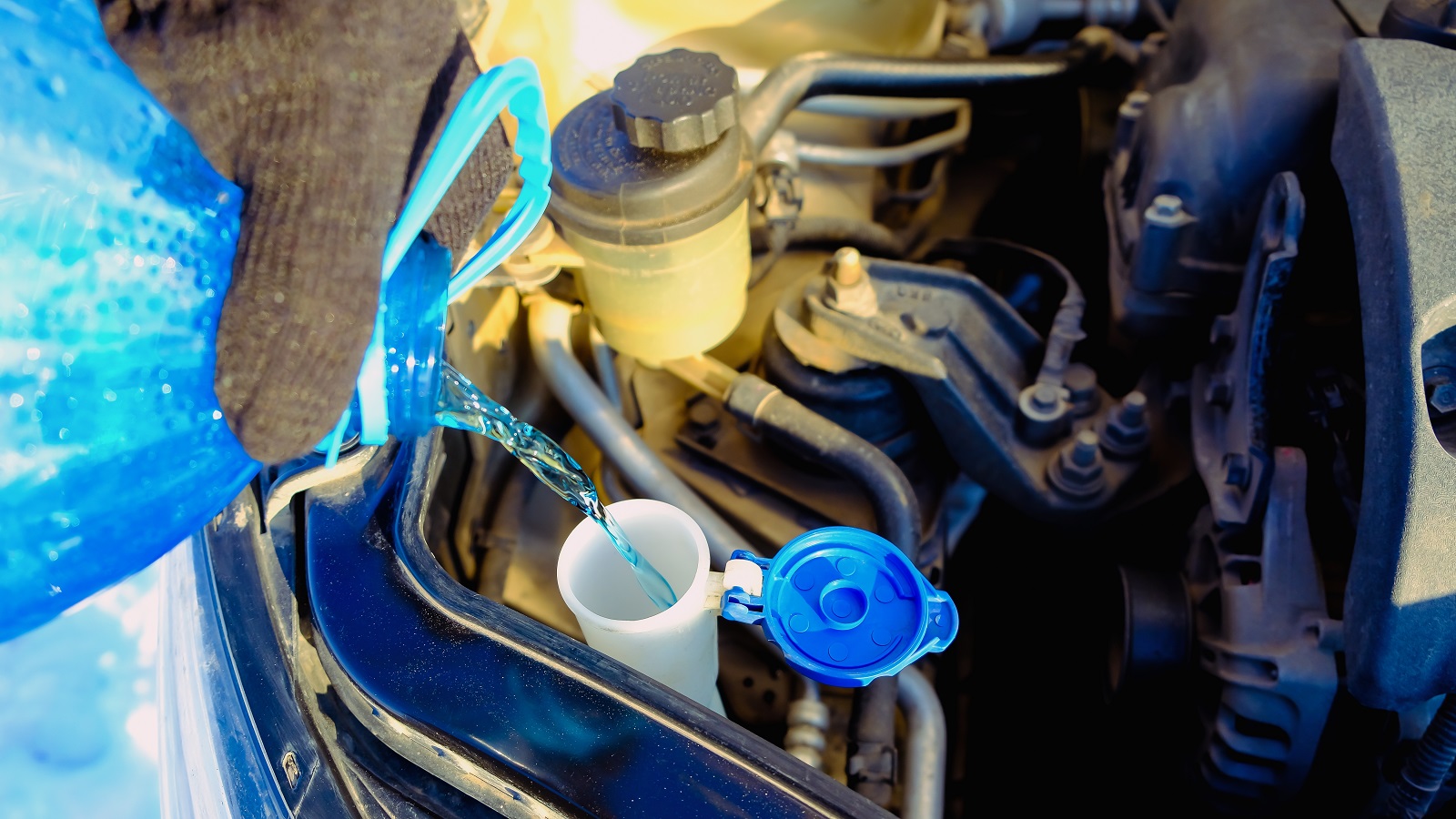
Image Credit: Shutterstock / Evgenius1985
Refilling your windshield washer fluid is a simple maintenance task. Just open the hood, locate the washer fluid reservoir, and top it off with the appropriate fluid.
16. Electrical System Repairs – Mechanic
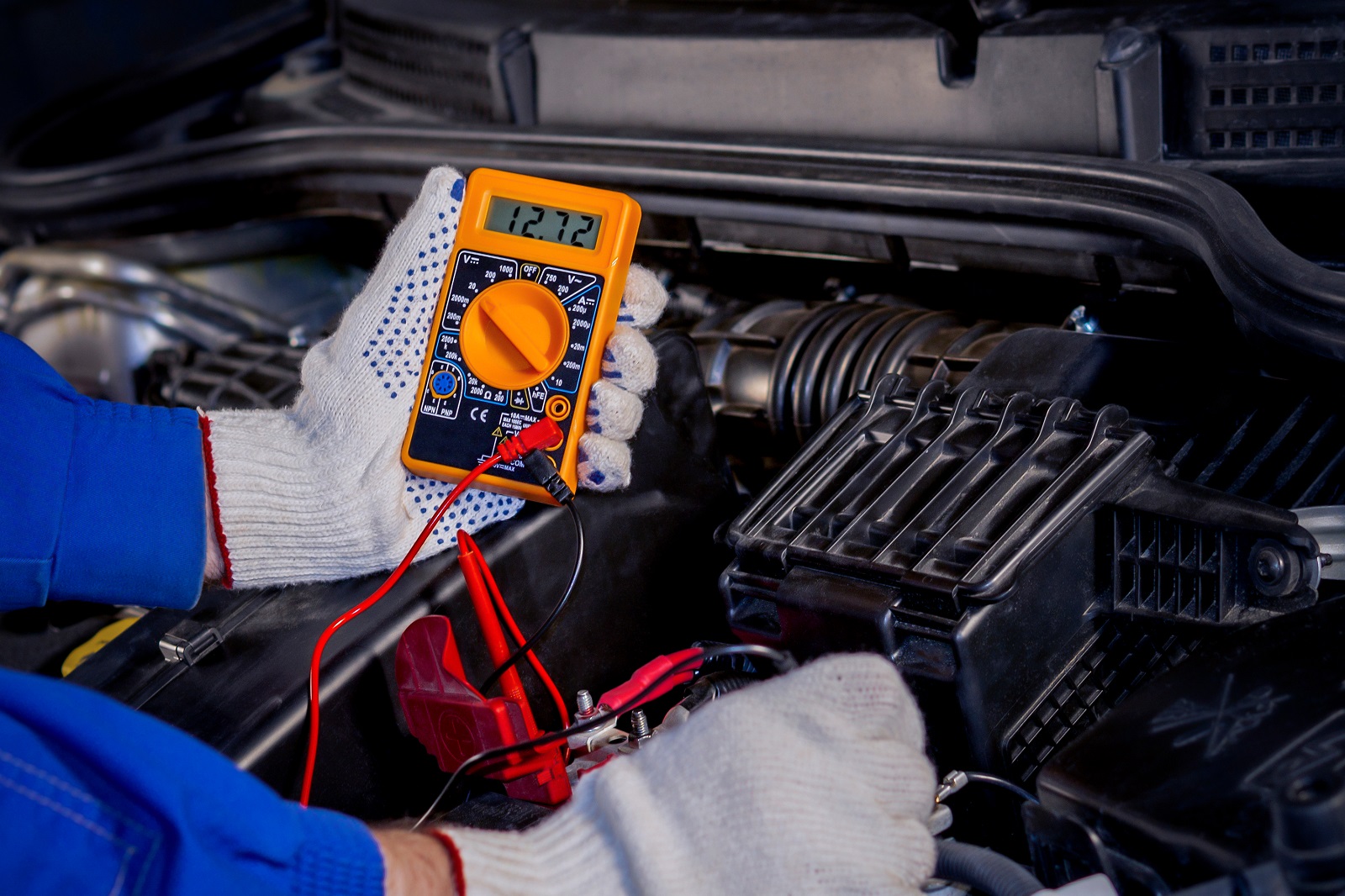
Image Credit: Shutterstock / 63ru78
Car electrical systems are complex and can be dangerous if handled improperly. For issues beyond simple bulb replacements, it’s best to consult a professional.
17. Replacing Cabin Air Filter – DIY
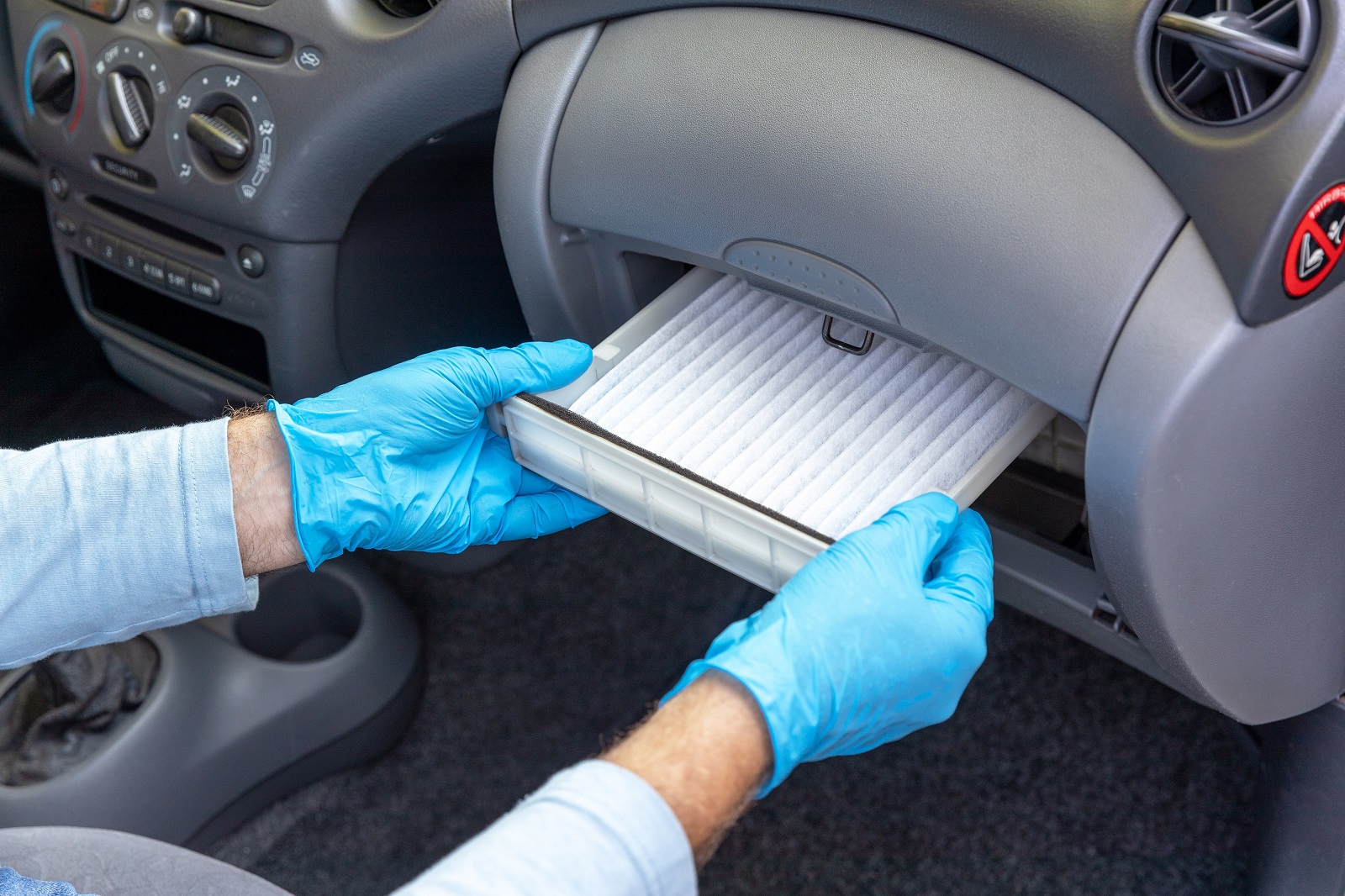
Image Credit: Shutterstock / wellphoto
Changing your cabin air filter is usually straightforward. Locate the filter compartment (often behind the glove box), remove the old filter, and insert a new one.
18. Exhaust System Repairs – Mechanic

Image Credit: Shutterstock / Palitsyn Evgenii
The exhaust system can be hazardous to work on due to its heat and the toxic fumes it handles. A mechanic has the tools and knowledge to safely repair or replace exhaust components.
19. Fixing Minor Scratches – DIY

Image Credit: Shutterstock / Simone Hogan
Minor scratches can often be repaired at home with a scratch repair kit. These kits are inexpensive and come with instructions to help you buff out the scratches.
20. Replacing Serpentine Belt – Mechanic
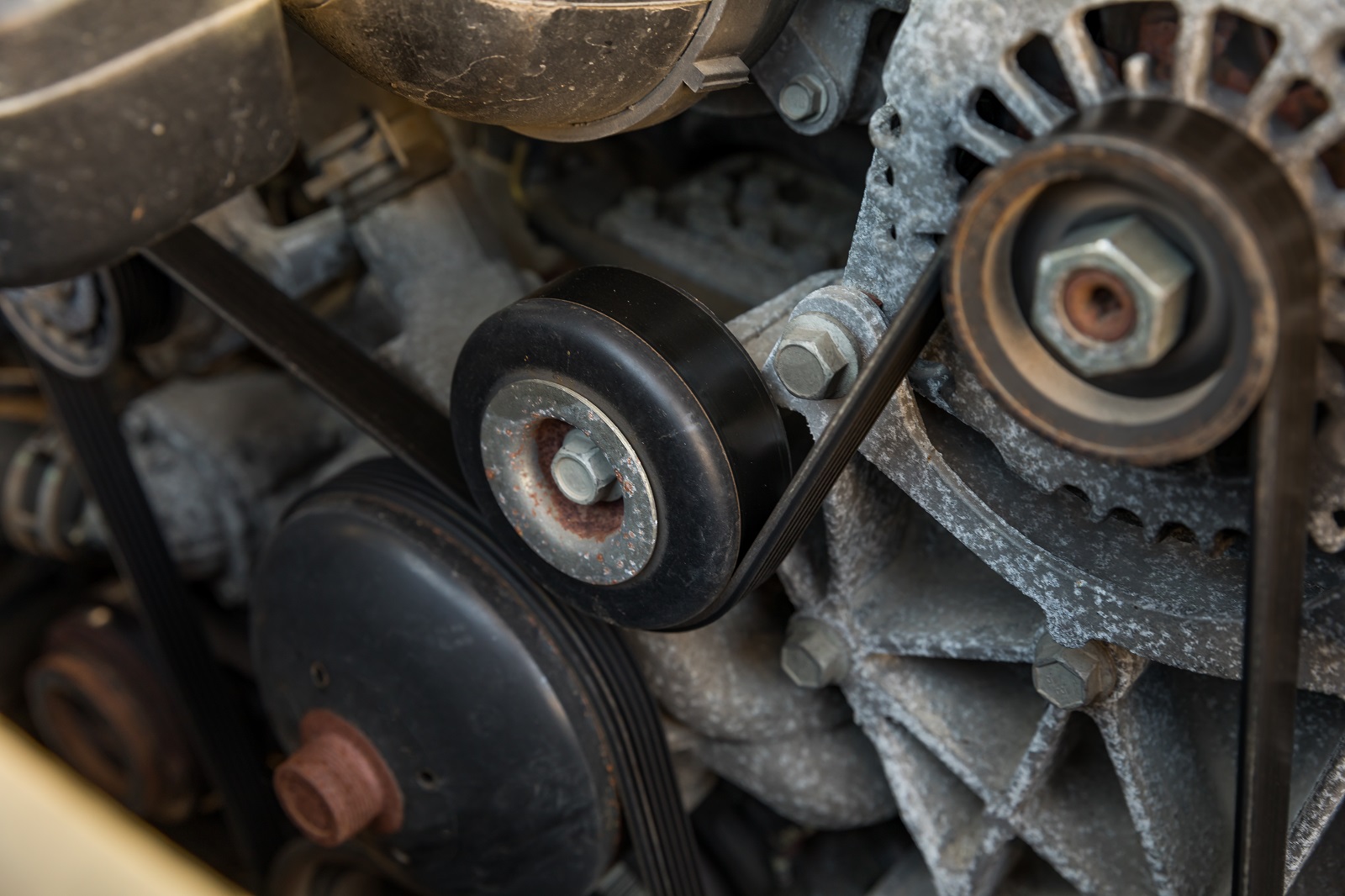
Image Credit: Shutterstock / J.J. Gouin
Replacing a serpentine belt requires knowledge of the belt routing and tensioner system. A mistake can lead to engine damage, so it’s best to leave this to a professional.
Know When to DIY and When to Call a Pro
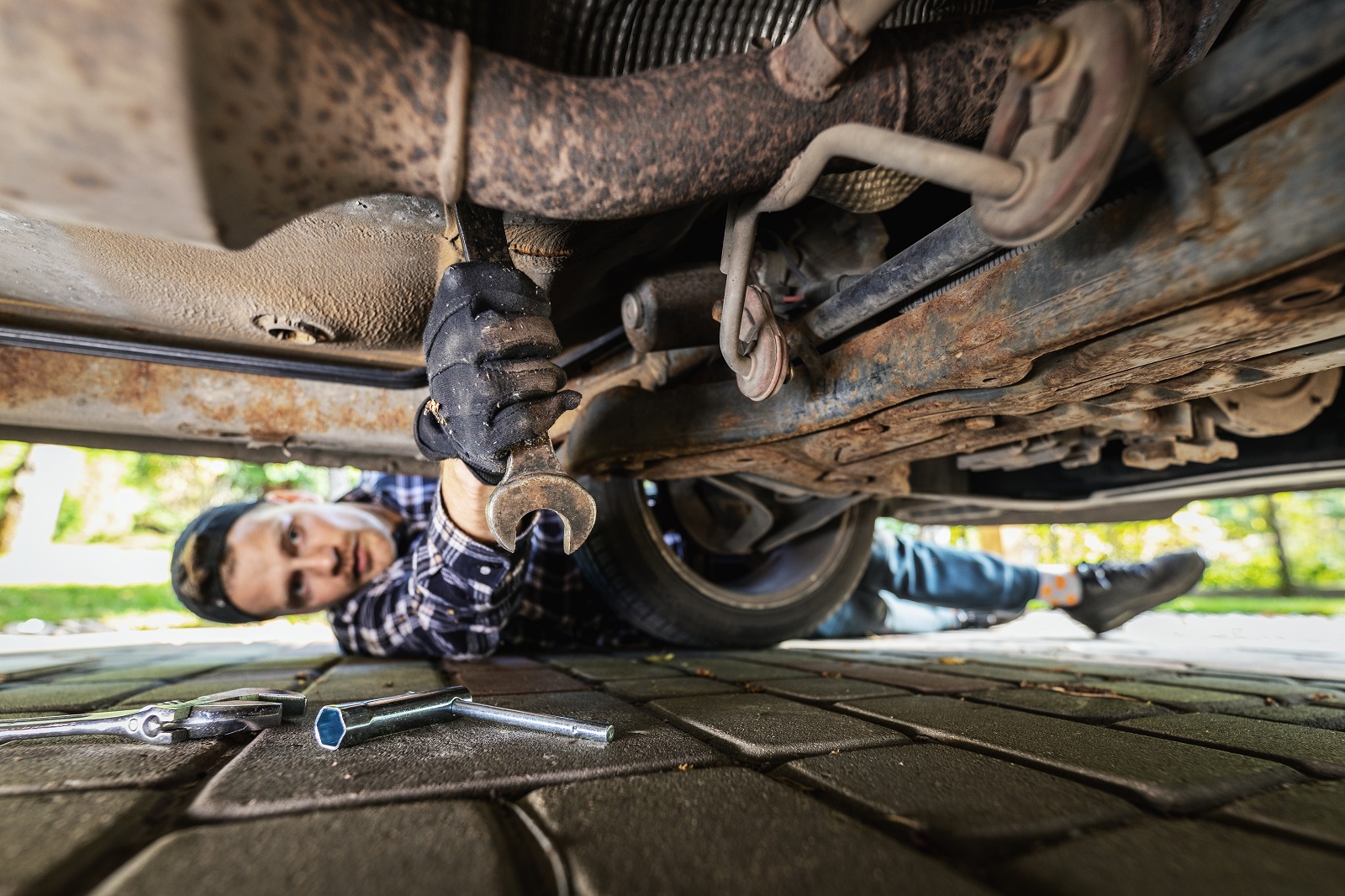
Image Credit: Shutterstock / ronstik
Understanding the limits of your skills and tools can save you time and money. By knowing which tasks you can tackle yourself and which require a professional mechanic, you can keep your car running smoothly without breaking the bank.
2024’s Most Anticipated Car Releases: What’s Coming Soon

Image Credit: Shutterstock / canadianPhotographer56
If you love cars, 2024 is shaping up to be an exciting year. New models are rolling out with more power, better tech, and some fresh designs that could change the game. Here’s the scoop on the top cars hitting the streets soon. 2024’s Most Anticipated Car Releases: What’s Coming Soon
21 Mods That Make Your Car Illegal
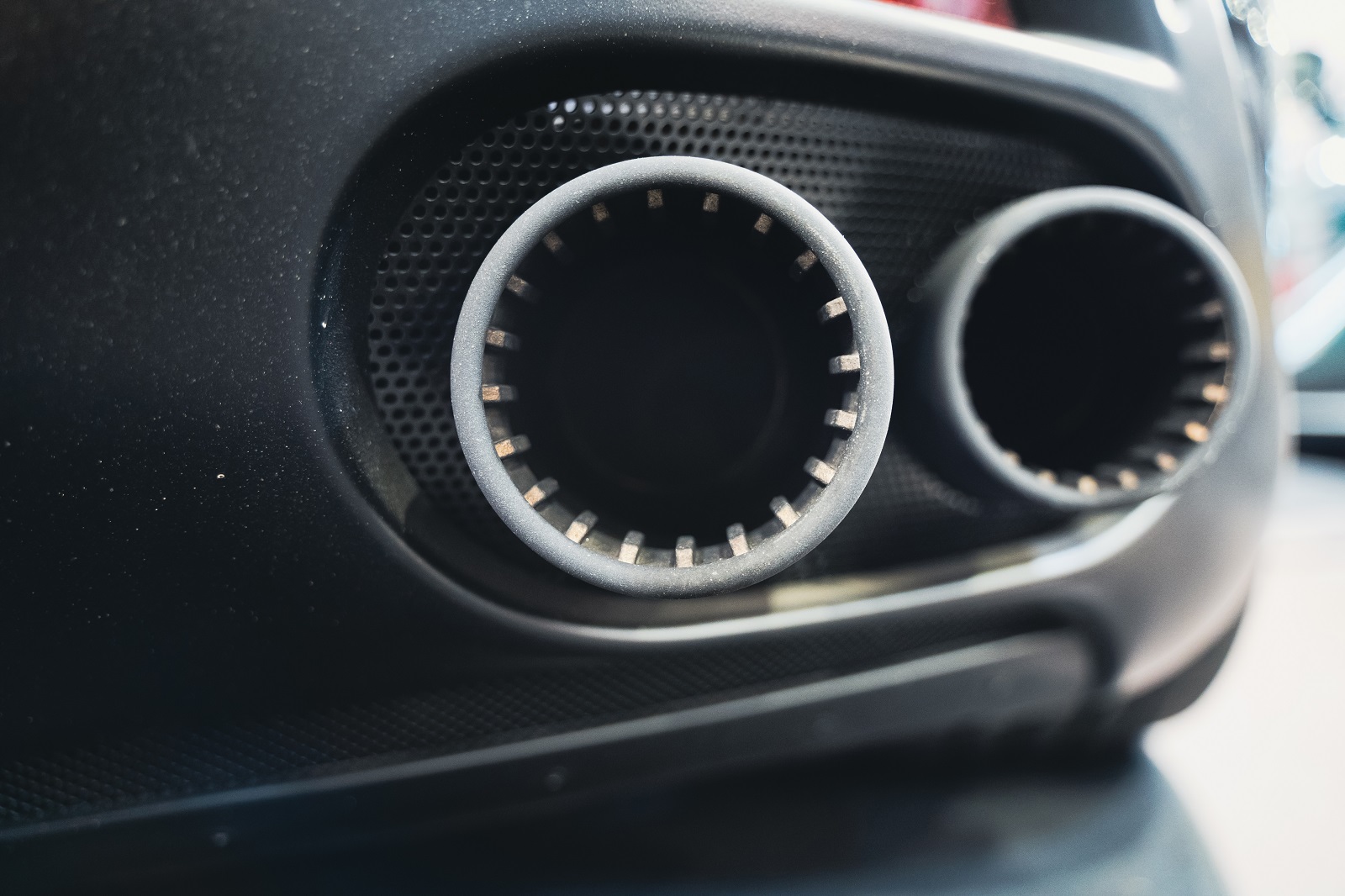
Image Credit: Shutterstock / macondo
Car modifications can enhance style and performance, but not all modifications are legal. Here are 21 illegal car modifications that can get you in trouble with the law across various states. 21 Mods That Make Your Car Illegal
10 American Classic Cars That Define a Generation

Image Credit: Shutterstock / Krisz12Photo
American classic cars are symbols of their eras, each telling a story of its time and capturing the essence of car culture. Here are ten classics that defined generations. 10 American Classic Cars That Define a Generation
The post DIY or Mechanic? 20 Ways to Avoid Getting Ripped Off for Car Repairs first appeared on Mechanic Insider.
Featured Image Credit: Shutterstock / antoniodiaz.
For transparency, this content was partly developed with AI assistance and carefully curated by an experienced editor to be informative and ensure accuracy.
